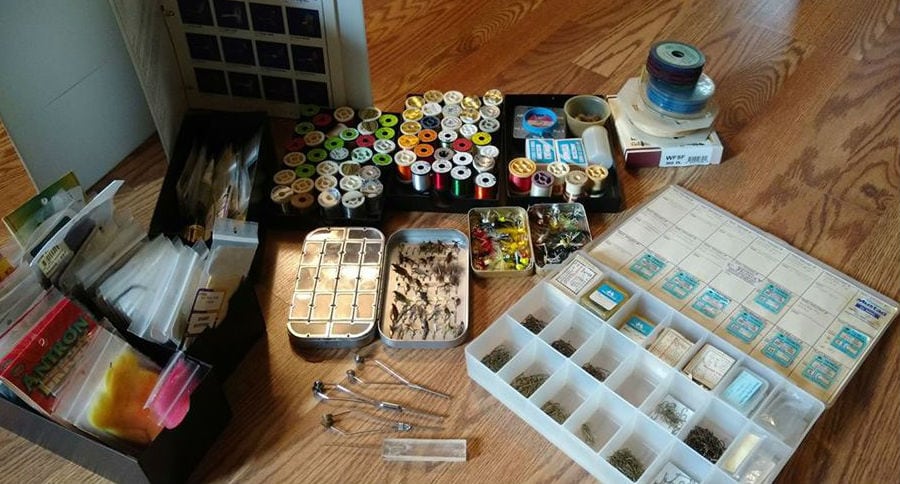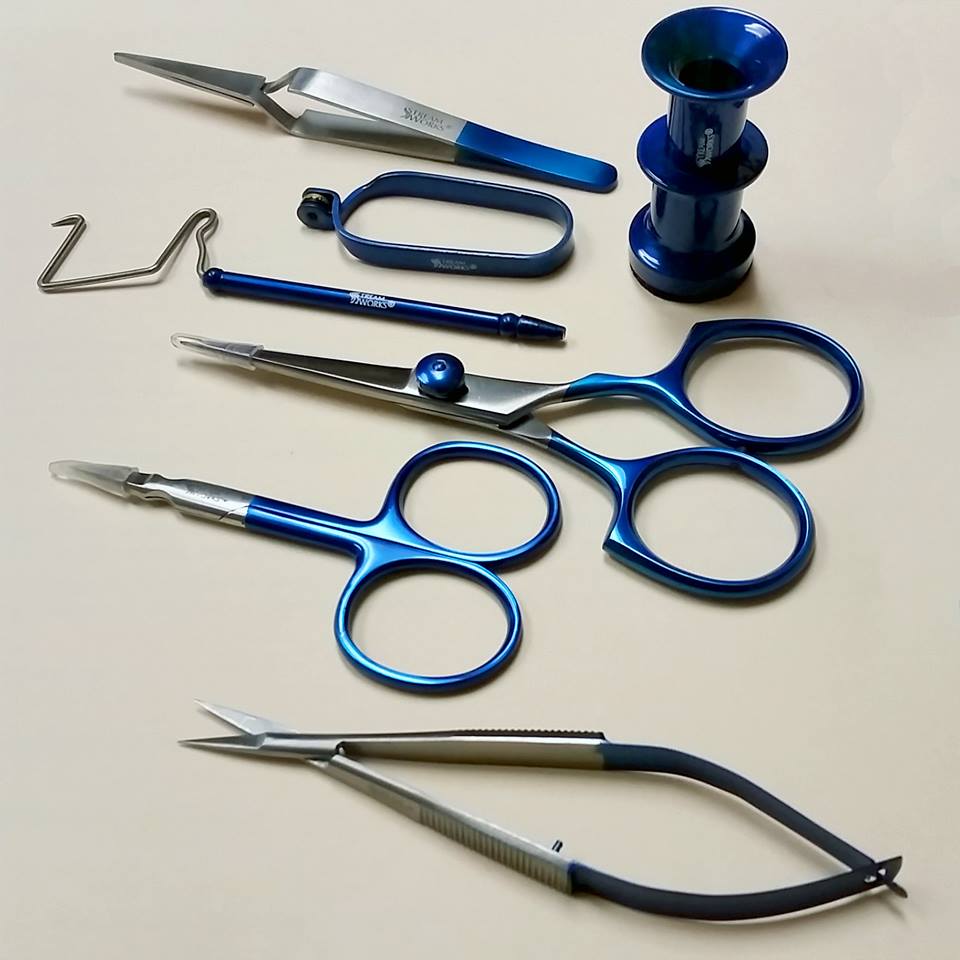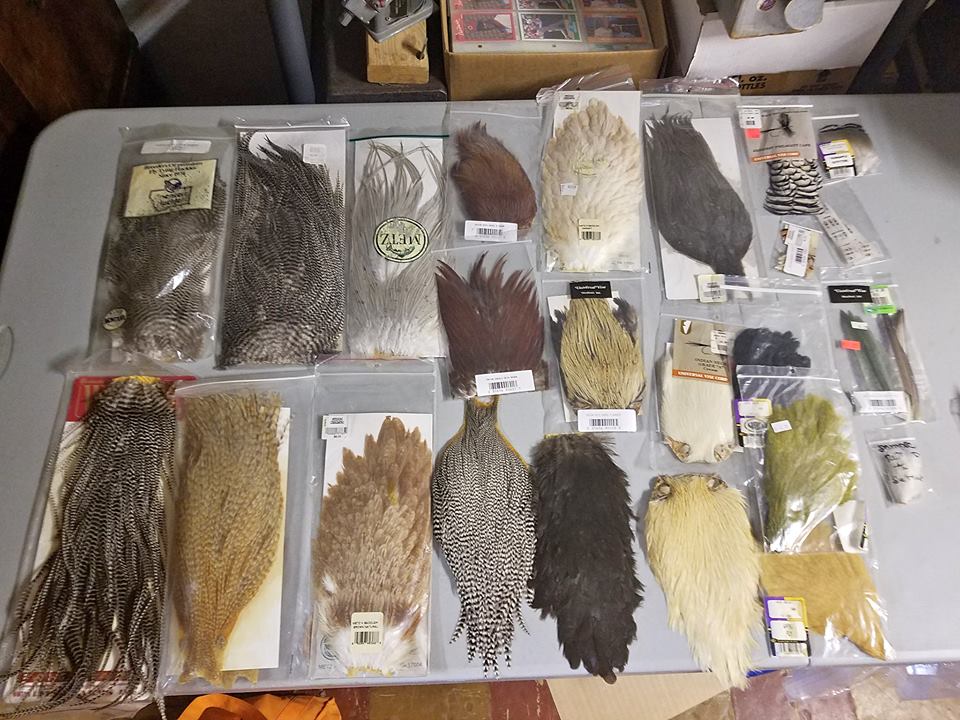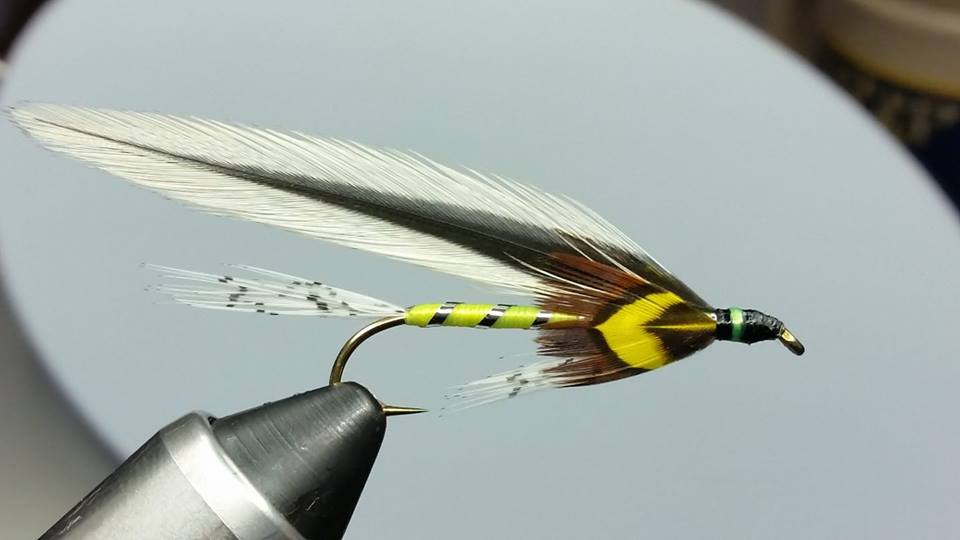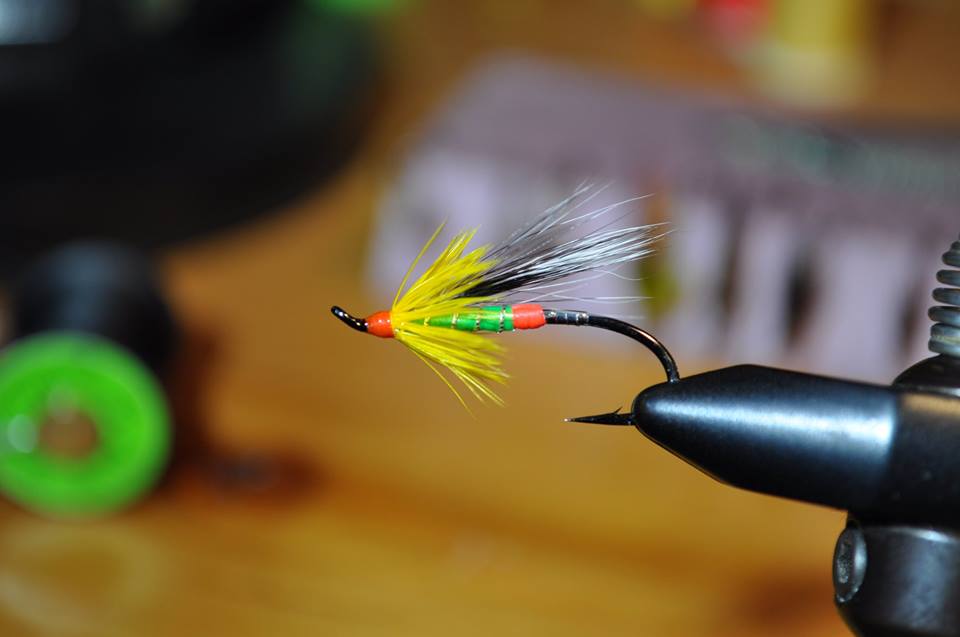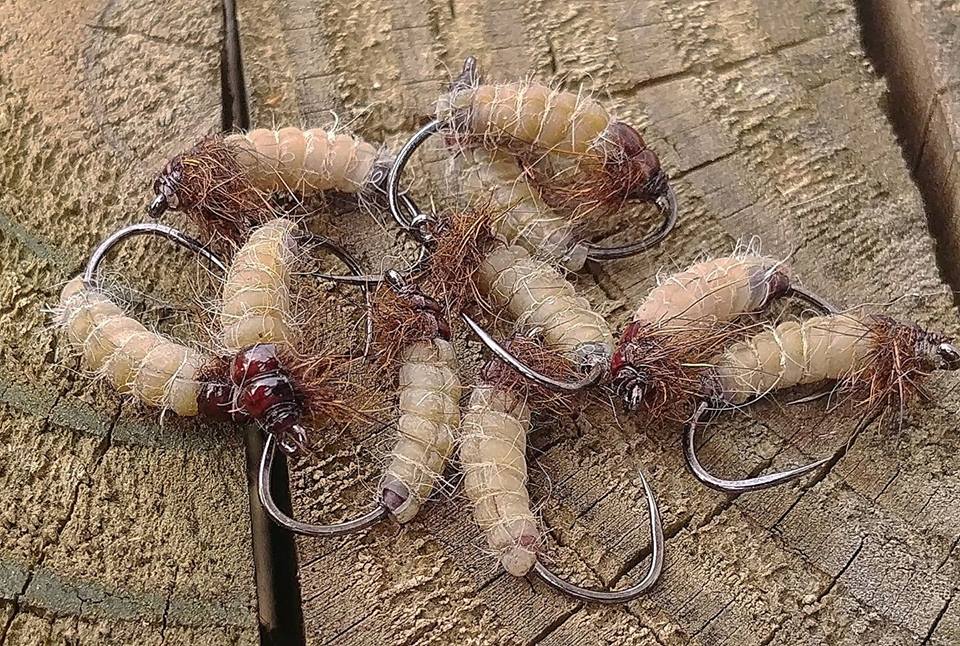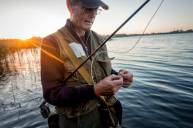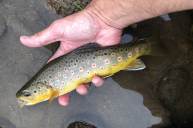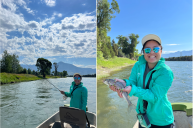Here is how to get started in fly tying quickly and easily.
When it comes to angling, fly fishing is an art form. The grace, form, and technique required to get good at fly fishing can take years of practice.
Fly tying is an equally old and beautiful art form. There is a special kind of satisfaction one gets from catching a fish on a fly they've tied themselves.
If you've always wanted to try fly tying but have no idea where to begin, here is a quick guide to help get you started.
Basic supplies
There are some basic things you will need to get going on your fly tying journey. Don't feel like you need to buy the most expensive, high-quality tools right off the bat, especially if you aren't sure you will get serious about it. You can always buy better stuff later.
I got started with a simple $30 basic fly tying kit. At a minimum you'll want to have the following fly tying tools:
- Fly tying vise
- Hackle pliers
- Fly tying scissors
- Bobbin (more than one is preferable)
- Whip finish tool
- Hair stacker
- Head cement
- Fly-tying thread
- Various sized hooks
- Bobbin threader
- Various fly tying materials
These tools should be enough to get the beginning fly tier started. The vise is going to be your most important piece of equipment. You'll get a lot of varied opinions on more traditional vises versus a rotary vice. Really, I think it's a matter of personal preference and figuring out what works best for each fly tier.
The biggest thing I note is the jaws of the vise. They should hold all hooks secure without having to readjust anything. If the jaws are too large, it makes it next to impossible to work on especially small patterns.
Hackle pliers, scissors, bobbins, and whip finish tools are the next most important things to acquire. You can get by with one set of pliers for a time, but if you get serious, you'll probably want several sizes. The same goes for bobbins. Serious fly tiers almost always keep several on hand with many different types of thread so they don't have to keep changing spools.
The whip finish tool might be the most important tool in a fly tier's arsenal because it helps you make the knot that keeps the whole thing together. Without learning to use this vital tool, you'll likely experience a lot of frustration of flies falling apart, even with head cement on them.
Gathering materials
You can buy pretty much any materials you might need at your local fly shop, but there is no harm in gathering your own fly tying materials too.
With hunting season starting in many parts of the country, now is a great time to gather deer or elk hair. There are many creative ways to gather the different kinds of materials you might need. I used to gather peacock feathers near a snowmobile dealership where the neighbors across the street had some running free. Peacock herl makes for great fly bodies.
Have a taxidermist friend? See if he or she will give you their leftover deer hair and duck feather scraps. Planning a fall turkey hunt? Turkey quills are great material. Know someone with a poultry farm? It could be a great place to get some rooster feathers for next to nothing.
Some of the best capes of hackle can be $100 or more from fly-tying suppliers. You don't want to use stuff like this when you're just starting out and trying to learn basic techniques unless you've got money to burn.
You might also consider hitting up a crafts store for cheap crafts feathers. You won't make any real award-winning fish catchers with this type of material, but it does give you license to screw up repeatedly and learn basic techniques without the worry of breaking your bank. The majority of the flies I first made never saw the water anyway, so don't sweat it.
Hands-on learning
You can learn quite a bit about fly tying from YouTube videos these days. I learned a lot from books myself, but the simple fact of the matter is, nothing is better than hands-on learning.
A friend taught me the basics, but he didn't show me how to use a whip finish tool, so my first flies ended up falling apart quite often.
At the end of the day, there is only so much you can learn from books, videos, and online articles, which is why I won't talk too much about techniques. Many local fly shops offer fly tying classes to help people who are just getting started. Don't be afraid to take them.
Some companies, like Orvis, offer free 101 classes that will really help you nail down the basics in just a few hours. Some even offer free use of equipment and supplies. Whatever you do, it will make a world of difference to have an experienced tier there to guide and give tips on your technique as you're doing it.
Most fly tying basics are incredibly simple, but they're also really hard to describe in writing. It is best to learn by seeing and doing. Oh, and by practicing. You won't be tying tiny nymphs or intricate trout dry flies overnight. It just takes time to get the technique down.
Start large and don't be afraid to experiment
Many flies are quite tiny and detailed. I really don't recommend starting out trying to tie a size 24 hook pattern. I've seen some insane stuff on the internet, including guys who are tying stuff as small as size 32. Even with the best of tools, my mind is boggled by feats like that.
Personally, I've always been a bit too clumsy for that kind of intricate stuff. I learned most of the basics on large, simple patterns like streamers. They're easy to tie, they catch fish, and they look great.
If you're struggling while learning things, don't be afraid to go extremely large and tie saltwater flies. Even if you don't use them, perfecting larger designs will help you hone your technique. Eventually you can work your way down to smaller designs.
Another big tip is to not be afraid to experiment. Many of the things I learned I figured out from taking a hook and simply throwing some materials on it to see what happened. This was how I learned the best way to build bodies, create wings, and attach hackle.
Tying as an extension of fly fishing
Fly tying is an awesome way to save money and pass those long winter months where you're stuck inside by snow and wind and can't wet a line.
Even if you don't fly fish, it can be a fun pastime and an art form all its own. In some cases, I found my creations worked better than the stuff they sell in stores. I also found there is nothing more satisfying than catching a bunch of fish on a fly you've constructed yourself.
NEXT: THE 10 MOST FAMOUS BIG GAME HUNTERS THAT EVER WERE
WATCH
